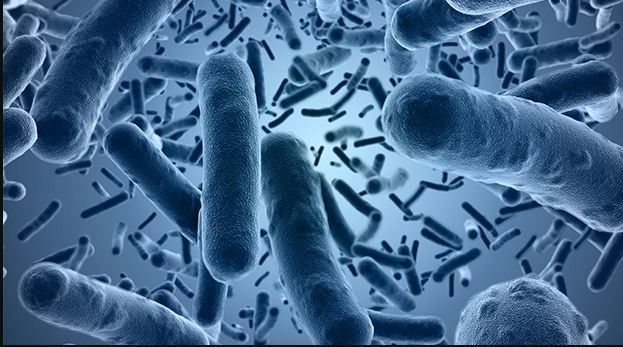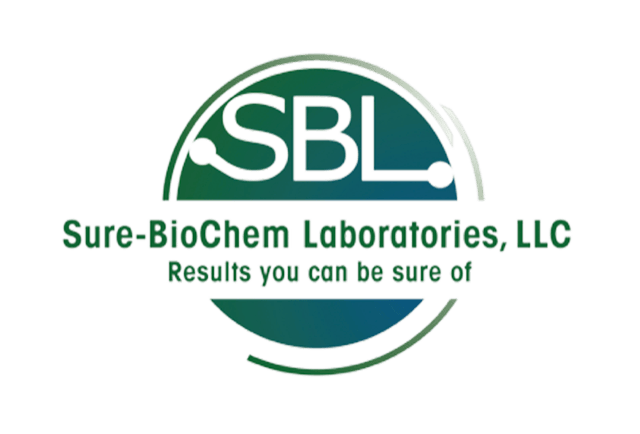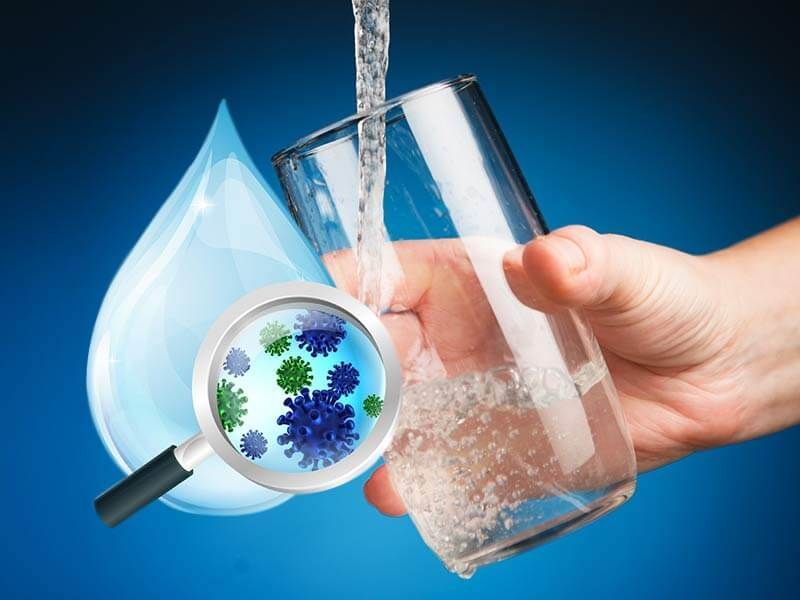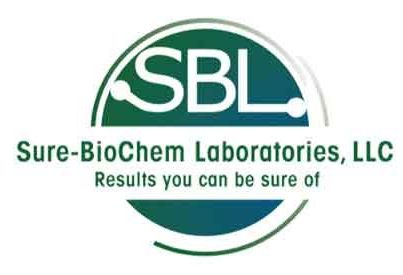The Contamination of Drinking Water: Concerns for Children in School Systems
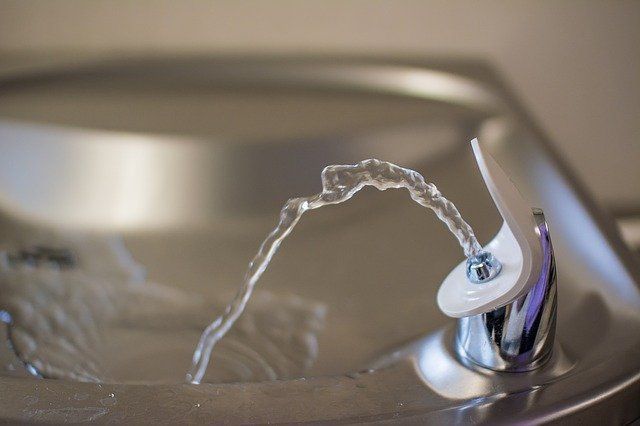
The current probability of exposure to water provided by funded agencies and intended for human consumption containing toxic agents is an ever-growing controversy at present. These contaminants come in many forms, from microbial pathogens to heavy metals. Water contamination may be measured depending on the nature of the toxin. In cases involving non-biological (e.g. non-organic) threats, odds ratios incorporating the distance of residence or occupation from the source of contamination may be reported1. Microbiological pathogens may be measured using typical techniques such as qPCR2. The type of contaminant may also influence how the phenomenon of ‘poisoned water’ affects the individual. It may result in cases of enteric disease (e.g. norovirus-related gastroenteritis) or in long-term detriments in general health and function1-3. This is thought to be particularly severe when a younger person is exposed to contaminated water1.
The age of an individual may influence the probability of exposure to contaminated drinking water. For example, a study of over 400 households who had experienced an urban public supply contamination event found that those with younger members consumed significantly more water during this crisis compared to those with older members4.Children may be exposed to water-based or –borne toxins at their respective schools. This may be due to past federal requirements that free drinking water be made available in public schools at lunchtimes5. A national survey indicated that up to 89% of children attended compliant schools, the majority of which used pre-existing drinking fountains and public dispensers5. Approximately 25% of these children reported perceptions of water quality issues associated with drinking fountains5. A model of the lead exposure prior to remediation in over 60 Seattle and 600 Los Angeles schools found that up to 31% of students were estimated to risk unsafe blood lead levels (5μg/dL or more) in un-modified schools6.
School grounds are subject to a range of variables that are thought to influence the risk of toxins, as are all common human environments. These include changes in the ambient temperature due to weather conditions and the probability of stagnation. The regular disinfection of water (and plumbing systems) being conveyed into, or within, school-based water transport systems also influence the development of microbiological contamination. The plumbing itself is also a viable factor in the environmental contamination within schools. This concerns the materials of which water pipes are composed (as brought to light as part of the current Michigan-based public health situation) and also the level of maintenance that prevents the formation of biofilms on their inner surfaces2. A biofilm may support a toxic concentration of a certain pathogen. Its development is (again) affected by stagnation and local temperature1.
Some health authorities and researchers argue that a proportion of microbial contamination may be prevented through improved control of the conditions in which water is stored or circulated2. For the purposes of this, water intended to be provided from hot taps should be maintained at 140ºF or hotter, and water from cold taps (or that intended to be potable) should be kept at 68ºF or lower7. These are relatively simple programs that, in combination with consistent circulation, may prevent the spread of pathogens such as Legionella and Naegleria fowleri8. However, this does not take potential issues such as the budget and resources available to the average public school into account. Some school districts resort to simpler measures such as first-draw flushing rather than pipe replacement to reduce exposure to lead6. In general, children may be at risk of pathogen- or toxin-related disease due to drinking water at U.S. schools. This is an under-studied and under-documented area of public health and epidemiology.
In the current climate where there's increased attention and scrutiny on prospective microbial and toxin-related contamination events, waiting for such an incident is a risk that most schools and institutions can't afford. Frequently testing drinking water supplies at schools and institutions proactively helps to mitigate the risk of future contamination events. Current state and federal laws and require the water-based testing of these institutions completed by certified testing organizations like Sure-BioChem Laboratories. Our certified and experienced team can help ensure that your school or institution is prepared for any contamination events in your water supply.
For a free consultation contact us at 888-398-7247 or visit us at surebiochem.com
References:
1. Garcia-Perez J, Morales-Piga A, Gomez-Barroso D, et al. Risk of neuroblastoma and residential proximity to industrial and urban sites: A case-control study. Environment international. 2016;92-93:269-275.
2. Ashbolt NJ. Microbial Contamination of Drinking Water and Human Health from Community Water Systems. Current environmental health reports. 2015;2(1):95-106.
3. Matthews JE, Dickey BW, Miller RD, et al. The epidemiology of published norovirus outbreaks: a review of risk factors associated with attack rate and genogroup. Epidemiology and infection. 2012;140(7):1161-1172.
4. Schade CP, Wright N, Gupta R, Latif DA, Jha A, Robinson J. Self-reported household impacts of large-scale chemical contamination of the public water supply, Charleston, West Virginia, USA. PloS one. 2015;10(5):e0126744.
5. Hood NE, Turner L, Colabianchi N, Chaloupka FJ, Johnston LD. Availability of drinking water in US public school cafeterias. Journal of the Academy of Nutrition and Dietetics. 2014;114(9):1389-1395.
6. Triantafyllidou S, Le T, Gallagher D, Edwards M. Reduced risk estimations after remediation of lead (Pb) in drinking water at two US school districts. The Science of the total environment. 2014;466-467:1011-1021.
7. Sidari FP, III, Stout JE, Duda S, Grubb D, Neuner A. Maintaining Legionella control in building water systems. Journal - American Water Works Association. 2014;106(10):24-32.
8. Codony F, Perez LM, Adrados B, Agusti G, Fittipaldi M, Morato J. Amoeba-related health risk in drinking water systems: could monitoring of amoebae be a complementary approach to current quality control strategies? Future microbiology. 2012;7(1):25-31.
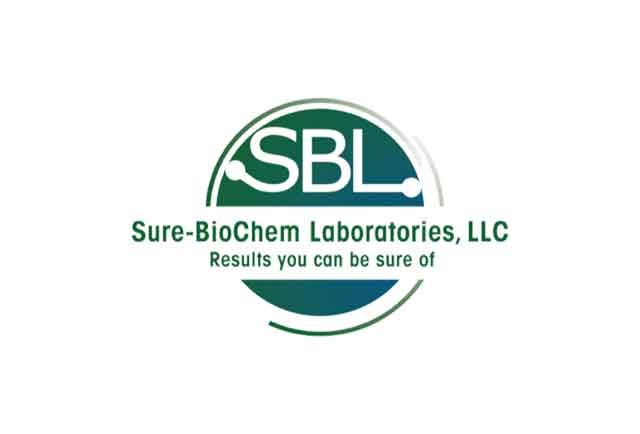
Need Our Help? Fill Out a Service Request Today!
We're here to assist you with all your needs. Please complete our service request form to ensure we provide the best possible service.
It's quick and easy—tell us a little about your request, and our team will reply promptly. We look forward to serving you!
Blog Contact Page
